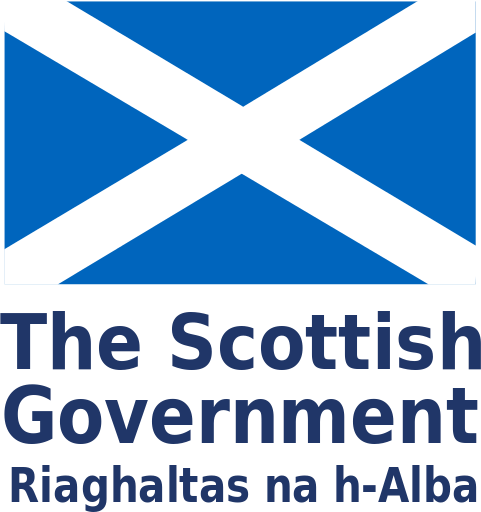- CPSP affects 5 – 20% of all stroke patients (RCP 2016). It rarely starts immediately after a stroke but will start within a year in around 90% of affected patients; it tends to improve with time. Patients who have CPSP usually have mild motor symptoms.
- The sensory symptoms are usually contralateral to the stroke.
- Ipsilateral symptoms have been described but are usually mild, without objective sensory deficit and develop in the body part mirroring the greatest pain on the contralateral side.
- Allodynia and hyperalgesia are important – arguably essential – for the diagnosis of CPSP.
- On MR brain scanning most CPSP patients have multiple lesions, many of which are probably unrelated to the CPSP.
- However, studies have shown different patterns of CPSP according to which part of the spinothalamocortical pathway is affected – for example, patients with cold allodynia tend to have more dorsally placed thalamic lesions than those without, and those with movement allodynia more anteriorly placed.
Page last reviewed: 09 Feb 2022


